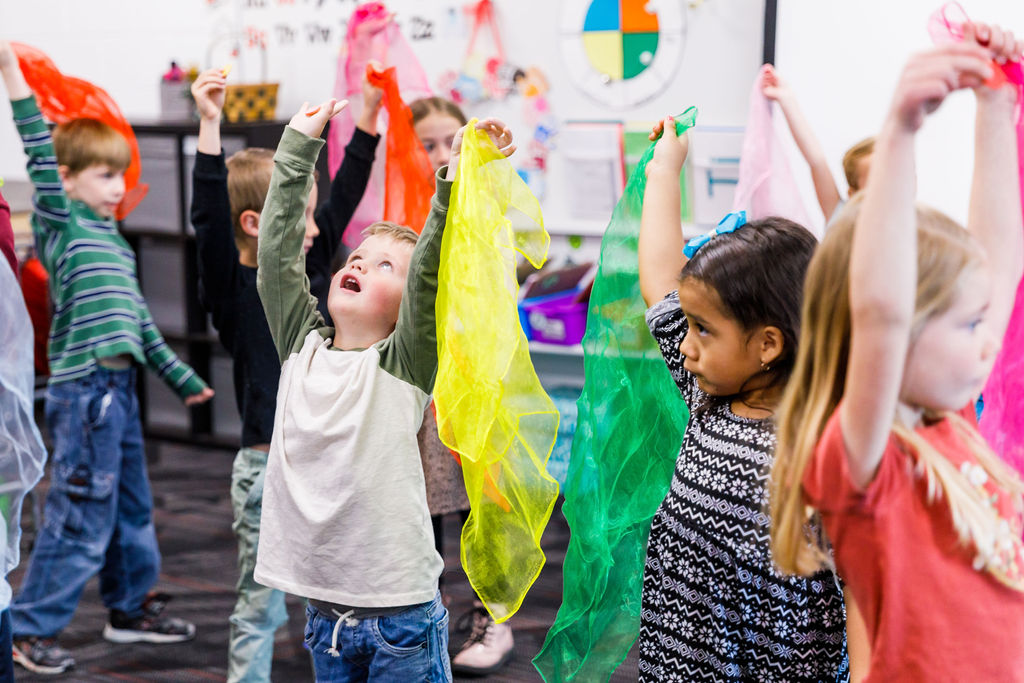Newsletter #4: The Case for Curiosity

Arts-integrated classroom using visible thinking strategies
Charlotte Hawkins
Beverley Taylor Sorenson visual arts educator
The phrase “Curioser and curioser,” is attributed to Alice in the second chapter of Alice’s Adventures in Wonderland. Her curiosity is what leads, compels, and propels her into Wonderland. Children are naturally curious. Perhaps this is why Alice makes such a great heroine.
Do we give our students the opportunity to be curious? To wonder? To think and reflect?
“Susan Engel has called curiosity the engine of learning. It initiates exploration and inquiry, stimulates deep thinking and reasoning, increases motivation, and encourages questioning. Curiosity helps students make new knowledge and information meaningful.” (Ron Ritchhart, Cultures of Thinking in Action)
When you show an artwork, do you allow for open curiosity? When a new material or instrument is introduced, is there a period for exploration? The pressure to cover content or teach to a test can kill curiosity. As educators, we often suggest answers before students can adequately formulate a question.
A Way to Spark Curiosity in Your Students
Looking (or Listening) Ten Times Two is a routine developed by Project Zero to save space for curiosity. Project Zero, a Harvard Graduate School of Education initiative,
creates simple, research-based strategies which enable students to engage, reflect, and stretch their curiosity.
Looking Ten Times Two is an observational strategy to engage students and piques their curiosity.
- Introduce an image (or piece of music)
- Ask students to look or listen quietly for at least 30 seconds, letting their eyes (or ears) wander
- Have students list 10 words or phrases about any aspect of the work
- Repeat steps 1 & 2 and try to add 10 more words or phrases
This thinking routine helps students slow down and make careful and detailed observations about an object. This inspires students to take the time to be curious and gives educators a forum for curiosity. You might invite some guided looking with younger students, asking them to “notice colors, shapes and lines.” If a ten item list seems daunting, have students choose five things to notice.
Subscribe to our Cultures of Thinking newsletter!
You'll get easy-to-apply thinking strategies delivered straight to your inbox every few weeks.






